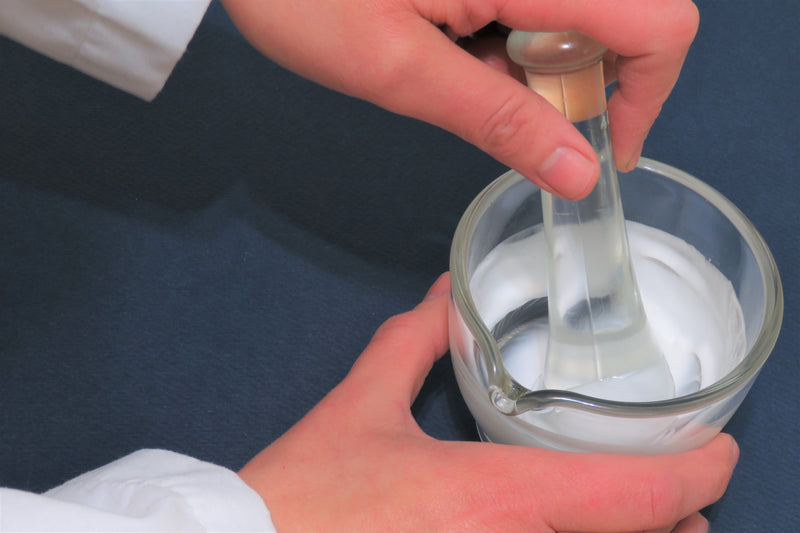-
- Shop
- Health Needs
- Brands We Carry
Phone: 262.632.0520 | Mon - Fri 9:00 a.m. - 6:00 p.m. | Sat 9:00 a.m. - 3:00 p.m. | Sun Closed
As a family-owned & independent pharmacy, we provide the personalized care and attention that you expect from a small town pharmacy. We know many of our patients by name, and we make every effort to treat everyone as part of our family.
As a family-owned, independent pharmacy in downtown Racine, WI, we are proud to continue a legacy of providing quality health and wellness services with personal care and attention. We do more than just fill prescriptions. We build relationships with our patients to become a trusted advocate for your wellness goals. We’ll explain the “why” behind physician instructions and work with them to explore alternative treatment options so you can see the best health outcomes.

Personalized care and one-on-one attention for prescriptions to wellness support – helping you stay on the path to better health.
Our Services
Regain confidence and take control of your health with our discreet and effective treatments tailored to your needs. New Patients save up to 50% on their first prescription!

Our pharmacists provide personalized guidance to ensure your prescriptions and wellness choices support your health. From new medications to non-prescription options, we're here to help you every step of the way.

Our compounding services offer customized medications tailored to your needs. Whether you have sensitivities or need an alternative form, we create easy-to-administer formulations for optimal care.

Since 1985, our dedicated team of licensed nurses and pharmacists has supported long-term caregivers with expert guidance and reliable medication solutions—so they can focus on what matters most, providing exceptional care.
Backed by pharmacist expertise for science-driven, effective wellness support.
Powers your body with sustained energy for enhanced stamina and resilience
Boosts natural energy levels with premium ingredients.
Regulates cortisol to promote a calm, focused mind and emotional balance.
Calms the mind and body with powerful adaptogens for natural stress relief.
Supports a healthy immune system with scientifically backed nutrients.
Triple-action formula crafted with premium ingredients for maximum impact.
Developed by pharmacy experts to deliver superior, science-backed results.
Supports optimal digestion and a balanced gut microbiome.
Fortified with immune-boosting antioxidants and vitamins.
Precision-crafted by healthcare professionals for trusted, high-impact benefits.
Advanced formulation designed for 3X effectiveness.

Allergies can make everyday life uncomfortable, causing symptoms like itchy eyes, sneezing, and congestion. Common triggers include pollen, dust, pet dander, and certain foods. Many people rely on antihistamines, but...
Allergies can make everyday life uncomfortable, causing symptoms like itchy eyes, sneezing, and congestion. Common triggers include pollen, dust, pet dander, and certain foods. Many people rely on antihistamines, but...

Tadalafil and sildenafil are two of the most commonly prescribed medications for managing erectile dysfunction (ED). These drugs have helped millions of men achieve satisfying sexual performance by addressing blood...
Tadalafil and sildenafil are two of the most commonly prescribed medications for managing erectile dysfunction (ED). These drugs have helped millions of men achieve satisfying sexual performance by addressing blood...

Managing multiple medications can feel overwhelming, especially when juggling different prescriptions, dosages, and schedules. Staying organized is key to ensuring medications are taken correctly and on time.
Managing multiple medications can feel overwhelming, especially when juggling different prescriptions, dosages, and schedules. Staying organized is key to ensuring medications are taken correctly and on time.
